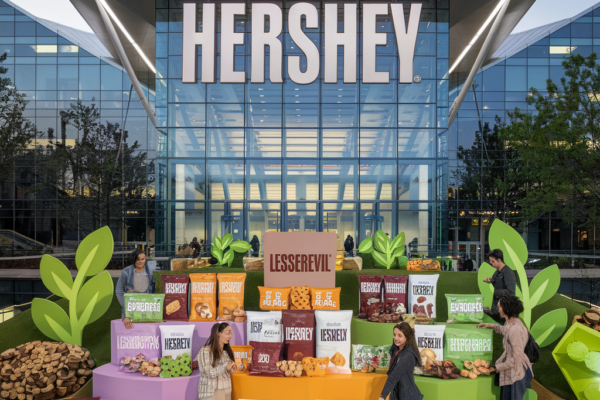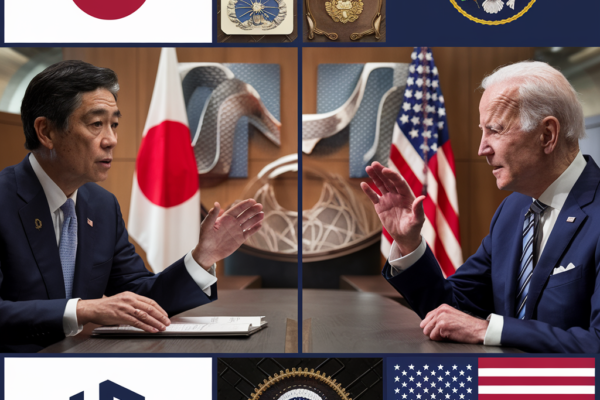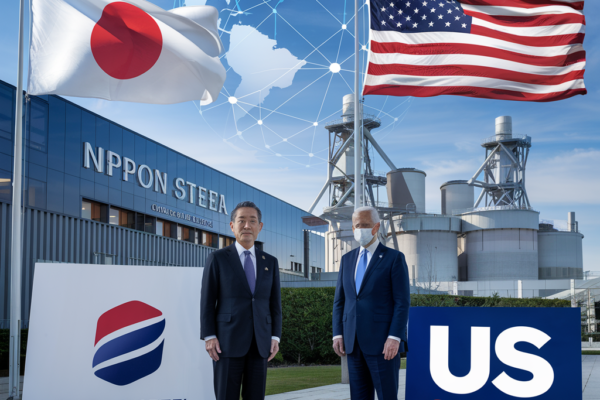M&A in the Convenience Store Industry – Navigating Personalization Challenges
Key Highlights
- The convenience store (C-store) sector has witnessed a surge in mergers and acquisitions (M&A), with notable deals like Casey’s acquisition of CEFCO and Couche-Tard’s acquisition of GetGo.
- These large-scale consolidations have raised concerns about the potential dilution of personalized marketing efforts and unique customer experiences.
- While M&A activity has improved by 2% year-over-year, larger deals have dominated headlines, potentially impacting localized branding and personalization strategies.
The Consolidation Conundrum – Balancing Scale and Personalization
The current M&A landscape in the C-store industry has been characterized by significant deal sizes, with transactions involving portfolios of over 200 stores. While these consolidations offer economies of scale and operational efficiencies, they also pose challenges in maintaining the personalized marketing efforts and entrepreneurial spirit that often set smaller, independent C-stores apart.
Historically, past M&A events in the sector have led to similar outcomes. For instance, the consolidation of 7-Eleven and Circle K resulted in a more homogenized customer experience, undermining the unique brand identities of acquired chains. However, some companies, like Casey’s, have allowed smaller acquisitions to retain their distinct personalities, demonstrating the potential to strike a balance between standardization and personalization.
Consumer Sentiment and Operational Challenges
Consumer preferences for personalized experiences are clear, as highlighted by the rise of mid-size chains offering sophisticated C-store experiences. A recent CSP Intouch Insight Mystery Shop underscored this trend, while a Capstone Partners survey found that buyers are becoming more selective, reserving premium multiples for high-quality operators operating across multiple regions.
However, integrating diverse operations post-M&A can be challenging, often leading to diminished local decision-making and a loss of brand identity and uniqueness. This is evident in cases where larger conglomerates streamline operations, potentially alienating customers accustomed to personalized experiences.
Lessons from Other Retail Sectors
M&A in retail and food service has also affected consumer personalization, with mixed results. For example, the merger of Amazon and Whole Foods initially led to a more centralized approach, alienating some customers. However, the company eventually adapted by leveraging data-driven strategies to offer personalized experiences.
These lessons highlight the importance of balancing standardization with personalized offerings to maintain customer loyalty. Companies that prioritize consistency and private label offerings may struggle to replicate the human connection and unique experiences that drive customer engagement.
Future Trends and Adaptation Strategies
To adapt to the changing landscape, the C-store industry might focus on emerging technologies like digital rewards and loyalty programs. For instance, 7-Eleven has leveraged its scale to offer robust digital rewards, enhancing customer engagement. Additionally, investing in alternative fuels and EV charging stations can help smaller chains position themselves for the future, potentially mitigating the





